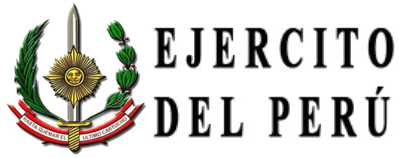Region
Crash of an Antonov AN-32B in Puerto Esperenza
Date & Time:
Apr 4, 2004
Registration:
EP-837
Survivors:
Yes
MSN:
35 06
YOM:
1995
Crew on board:
0
Crew fatalities:
Pax on board:
0
Pax fatalities:
Other fatalities:
Total fatalities:
0
Circumstances:
For unknown reasons, the aircraft landed hard, causing the undercarriage to be torn off. There were no casualties but the aircraft was damaged beyond repair.
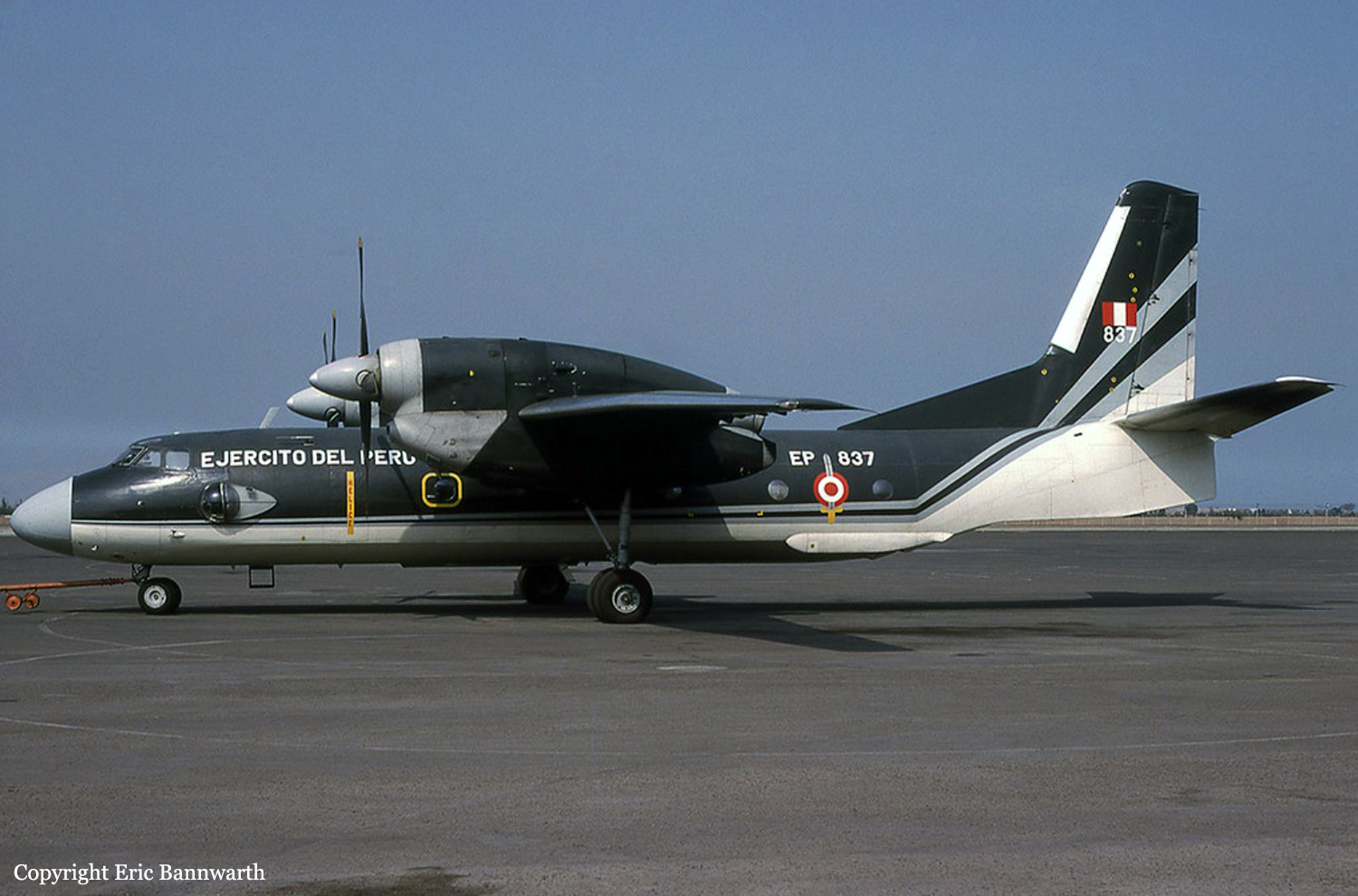
Crash of a Boeing 737-200 in Lima
Date & Time:
Dec 13, 2003 at 2248 LT
Registration:
OB-1544-P
Survivors:
Yes
Schedule:
Caracas - Lima
MSN:
20956
YOM:
1974
Flight number:
ACQ341
Crew on board:
6
Crew fatalities:
Pax on board:
94
Pax fatalities:
Other fatalities:
Total fatalities:
0
Aircraft flight hours:
62716
Aircraft flight cycles:
62162
Circumstances:
Following an uneventful flight from Caracas, the crew started the approach to Lima-Callao-Jorge Chávez Airport when the crew noted an asymmetric warning with the flaps. The crew decided to continue the approach but failed to lower the undercarriage. The aircraft belly landed at a speed of 190 knots and slid on runway 15 for 2,347 metres before coming to rest. All 100 occupants escaped uninjured while the aircraft was damaged beyond repair.
Probable cause:
Failure of the crew to verify and check the Non Normal Checklist of the Quick Reference Handbook (QRH) due to technical problems at the time of approach and landing, causing the omission of the extension of the gear and subsequent contact of the aircraft with the runway with landing gear retracted. The following findings were identified:
- During the approach, an indication of flap asymmetry presented.
- Due to the tightness of the itinerary programmed by the company, the total flight hours and the flight's working day were within the limits of the maximum allowed by the RAP, which could have influenced (due to fatigue) the poor performance by the crew.
- The lack of recording of some parameters of the flight recorders (FDR and CVR) prevented the resolution of some important and useful details for the investigation.
- The flap asymmetry indication, due to an indication fault in the Flap Position Indicator caused by high electrical resistance originating from the winding inside the synchro transmitter of the right side Flap Position Transmitter.
- The omission of the use in the approach phase of the procedures described in the QRH for this type of abnormal situations.
- The lack of decision to carry out a Go Around, taking into account that the period of time to carry out the QRH procedures for this abnormal situation was not going to be enough.
- Overconfidence (complacency) during the approach phase under abnormal conditions (indication of flap asymmetry).
- Lack of Crew Resource Management during the approach and landing phases, especially under abnormal conditions.
- Lack of leadership during the abnormal situation presented.
- Lack of communication with the Control Tower about the abnormal conditions in which the approach and landing were to be carried out.
- Itinerary very adjusted to the limits of flight hours and working hours, established by the RAP.
- During the approach, an indication of flap asymmetry presented.
- Due to the tightness of the itinerary programmed by the company, the total flight hours and the flight's working day were within the limits of the maximum allowed by the RAP, which could have influenced (due to fatigue) the poor performance by the crew.
- The lack of recording of some parameters of the flight recorders (FDR and CVR) prevented the resolution of some important and useful details for the investigation.
- The flap asymmetry indication, due to an indication fault in the Flap Position Indicator caused by high electrical resistance originating from the winding inside the synchro transmitter of the right side Flap Position Transmitter.
- The omission of the use in the approach phase of the procedures described in the QRH for this type of abnormal situations.
- The lack of decision to carry out a Go Around, taking into account that the period of time to carry out the QRH procedures for this abnormal situation was not going to be enough.
- Overconfidence (complacency) during the approach phase under abnormal conditions (indication of flap asymmetry).
- Lack of Crew Resource Management during the approach and landing phases, especially under abnormal conditions.
- Lack of leadership during the abnormal situation presented.
- Lack of communication with the Control Tower about the abnormal conditions in which the approach and landing were to be carried out.
- Itinerary very adjusted to the limits of flight hours and working hours, established by the RAP.
Final Report:

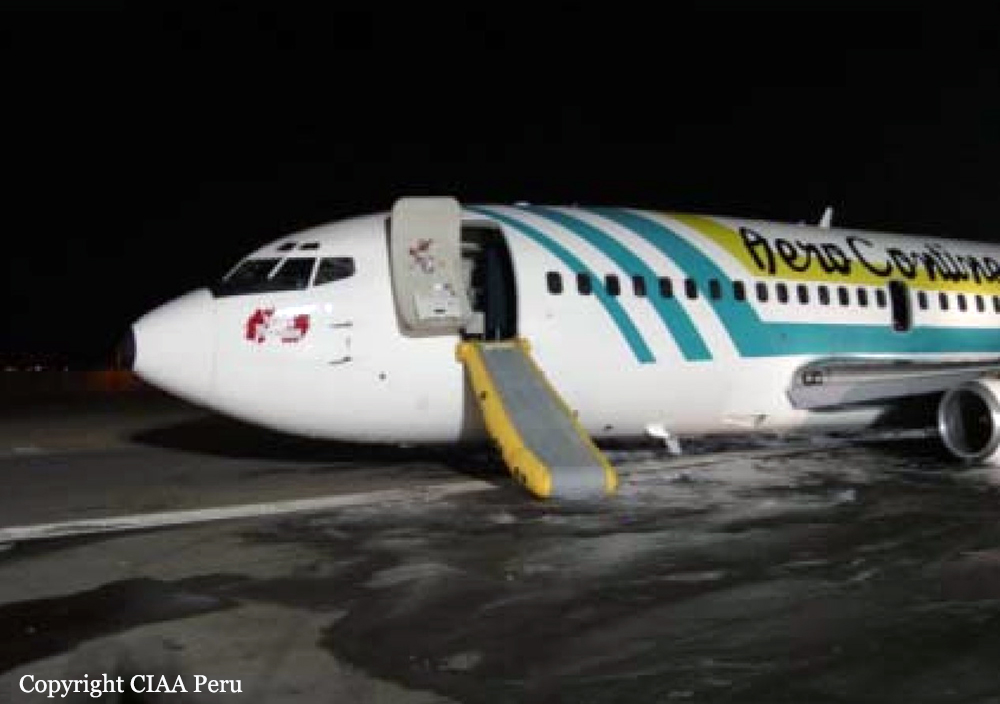
Crash of a Fokker F28 Fellowship 1000 near Chachapoyas: 46 killed
Date & Time:
Jan 9, 2003 at 0845 LT
Registration:
OB-1396
Survivors:
No
Schedule:
Lima – Chiclayo – Chachapoyas
MSN:
11100
YOM:
1975
Flight number:
TJ222
Crew on board:
5
Crew fatalities:
Pax on board:
41
Pax fatalities:
Other fatalities:
Total fatalities:
46
Captain / Total hours on type:
753.00
Copilot / Total hours on type:
1065
Aircraft flight hours:
13121
Circumstances:
The aircraft departed Lima on a regular schedule flight to Chachapoyas with an intermediate stop in Chiclayo, carrying 41 passengers and five crew members. Following an uneventful flight from Chiclayo, the crew started the descent to Chachapoyas Airport in poor weather conditions. The crew maintained several radio contacts with ATC and all seemed to be 'normal' on board when the aircraft struck the slope of Mt Coloque located 15 km from the airport. Due to poor weather conditions and because the crash site was unaccessible, SAR teams arrived on scene two days later. The wreckage was found at an altitude of 3,300 metres. The aircraft disintegrated on impact and all 46 occupants were killed. The occupants were respectively 41 Peruvians, two Belgians, one Dutch, one Spanish and one Cuban.
Probable cause:
It was determined that the accident was the consequence of a controlled flight into terrain after the crew continued the descent in zero visibility after suffering a total loss of situational awareness. The following contributing factors were identified:
- The crew failed to proceed with an approach briefing,
- Overconfidence on part of the flying crew,
- The crew failed to follow the approach checklist,
- The crew failed to comply with the SOP's,
- Poor crew resources management,
- The copilot was tired, stressed and depressive because his father passed away four days prior to the accident,
- The crew was destabilized by a certain pressure from the operator's,
- Poor judgment on part of the flying crew,
- Poor approach planning,
- Inadequate monitoring,
- Poor visual perception,
- Operational complacency,
- The crew was non-compliant with published procedures,
- Disorientation and loss of situational awareness.
- The crew failed to proceed with an approach briefing,
- Overconfidence on part of the flying crew,
- The crew failed to follow the approach checklist,
- The crew failed to comply with the SOP's,
- Poor crew resources management,
- The copilot was tired, stressed and depressive because his father passed away four days prior to the accident,
- The crew was destabilized by a certain pressure from the operator's,
- Poor judgment on part of the flying crew,
- Poor approach planning,
- Inadequate monitoring,
- Poor visual perception,
- Operational complacency,
- The crew was non-compliant with published procedures,
- Disorientation and loss of situational awareness.
Final Report:
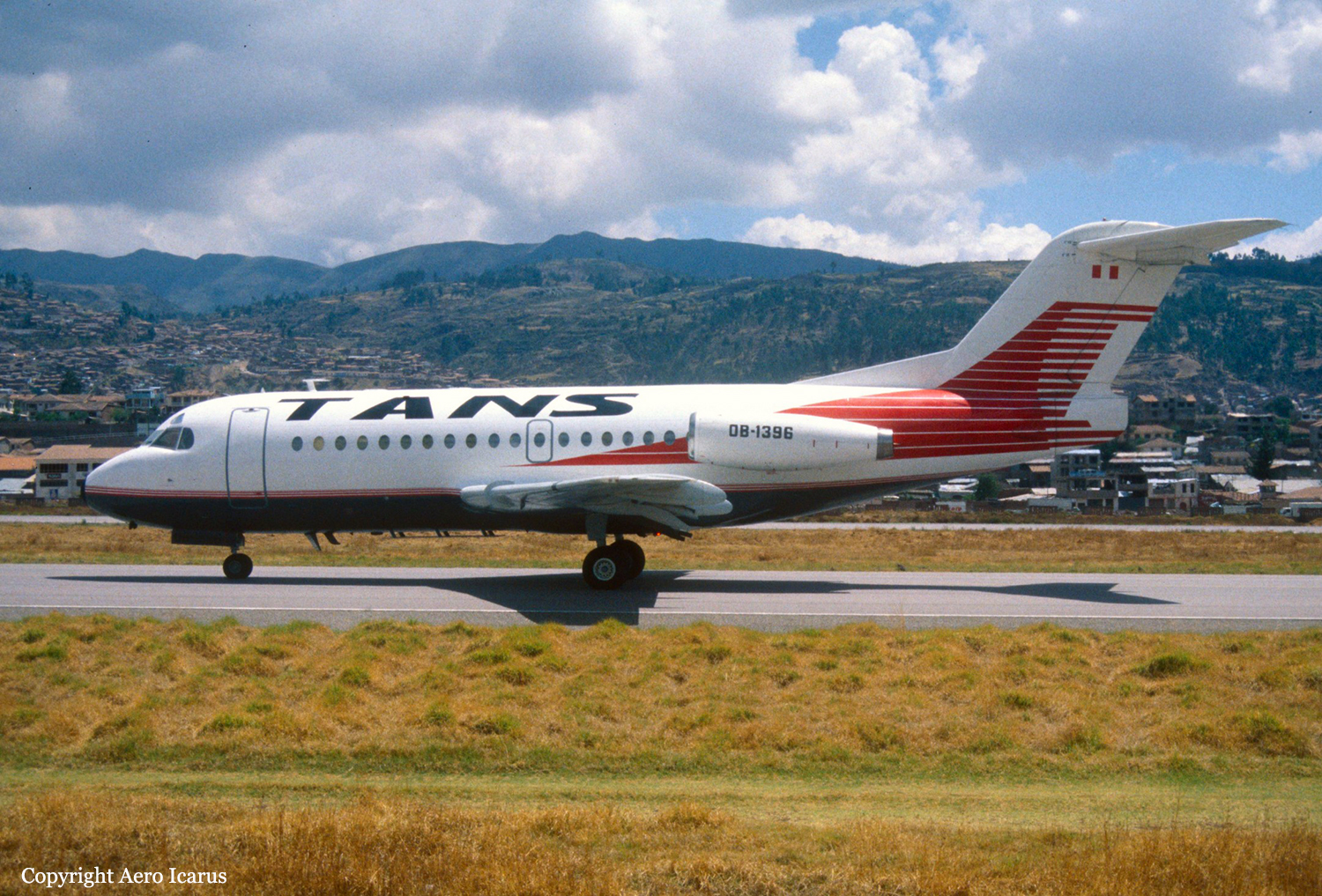
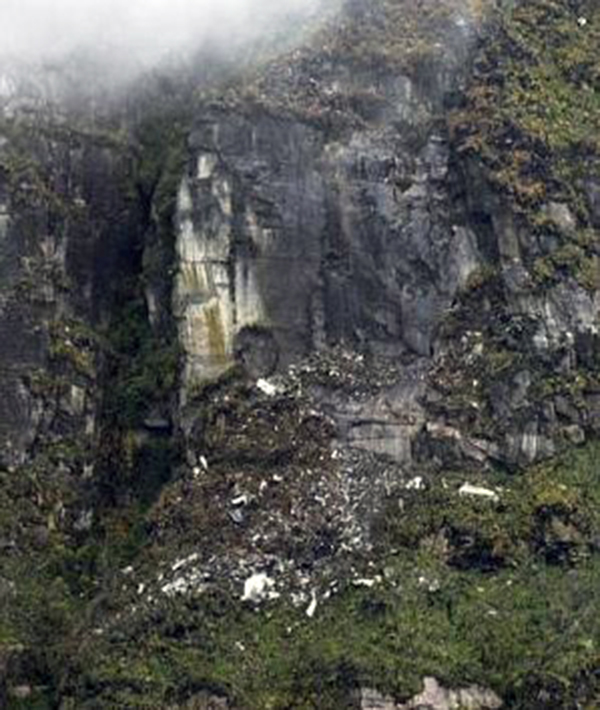
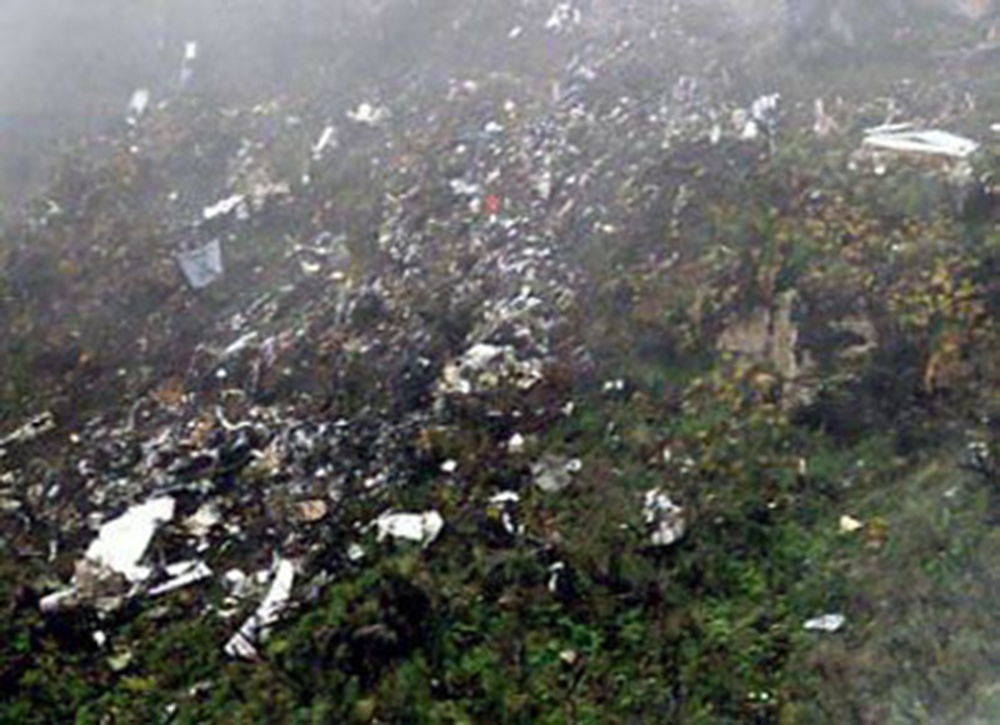
Crash of a Swearingen SA227AC Metro III in Trujillo
Date & Time:
Nov 28, 2000 at 0625 LT
Registration:
N3107P
Survivors:
Yes
Schedule:
Lima - Trujillo
MSN:
AC-496
YOM:
1981
Crew on board:
2
Crew fatalities:
Pax on board:
0
Pax fatalities:
Other fatalities:
Total fatalities:
0
Circumstances:
On November 28, 2000, at 0625 eastern standard time, a Fairchild SA227AC transport category airplane, N3107P, was substantially damaged while landing with an unsafe gear indication on the right main landing gear at the Trujillo International Airport, near Trujillo, Peru. The two commercial pilots aboard the cargo flight were not injured. The airplane was owned by Joda LLC, of Town and Country, Missouri, and was being operated as a cargo freighter by Aero Condor S.A., of Lima, Peru. Visual meteorological conditions prevailed for the cargo flight for which a VFR flight plan was filed. The scheduled cargo flight originated from the Lima International Airport, near Lima, Peru, approximately 0530. The operator reported that the flight crew had reported a complete loss of hydraulic power prior to initiating the approach. The flight crew was not able to extend the right main landing gear due to a leak in a hydraulic line in the right landing gear well. The runway was foamed and the crew performed an emergency landing with the other two landing gears extended. Examination of the airplane by the operator revealed structural damage to the right wing and the underside section of the tail section of the airplane. The right engine and the 4-propeller blades for the right engine were also damaged. Both pilots were uninjured.
Crash of a Pilatus PC-6/B2-H2 Turbo Porter in Iquitos
Date & Time:
Aug 22, 1998
Registration:
FAP322
Survivors:
Yes
MSN:
723
YOM:
1974
Crew on board:
2
Crew fatalities:
Pax on board:
2
Pax fatalities:
Other fatalities:
Total fatalities:
0
Aircraft flight hours:
2874
Circumstances:
Shortly after takeoff from Iquitos-Moronacocha Airport, while climbing, the single engine aircraft went out of control and crashed in the Moronacocha River bed. Both passengers escaped uninjured while both pilots were injured. The aircraft had also the civil registration OB-1167.
Crash of a Boeing 737-282 in Andoas: 75 killed
Date & Time:
May 5, 1998 at 2130 LT
Registration:
FAP-351
Survivors:
Yes
Schedule:
Iquitos - Andoas
MSN:
23041
YOM:
1983
Crew on board:
8
Crew fatalities:
Pax on board:
80
Pax fatalities:
Other fatalities:
Total fatalities:
75
Aircraft flight hours:
37129
Aircraft flight cycles:
23935
Circumstances:
The aircraft was completing a charter flight from Iquitos to Andoas on behalf of the Occidental Petroleum Company, carrying eight crew members and 80 employees of this company and their subcontractors. While descending to Andoas-Alferez FAP Alfredo Vladimir Sara Bauer Airport by night, the crew encountered poor weather conditions with rains falls and limited visibility. On final, the aircraft descended below the glide, collided with trees and crashed in a dense wooded area located 5 km short of runway 12. First rescuers arrived on site three hours later. Thirteen occupants included two crew members were seriously injured while 75 other occupants were killed.
Probable cause:
For undetermined reasons, the crew descended below the minimum safe altitude during an approach in IMC conditions until the aircraft impacted the ground.
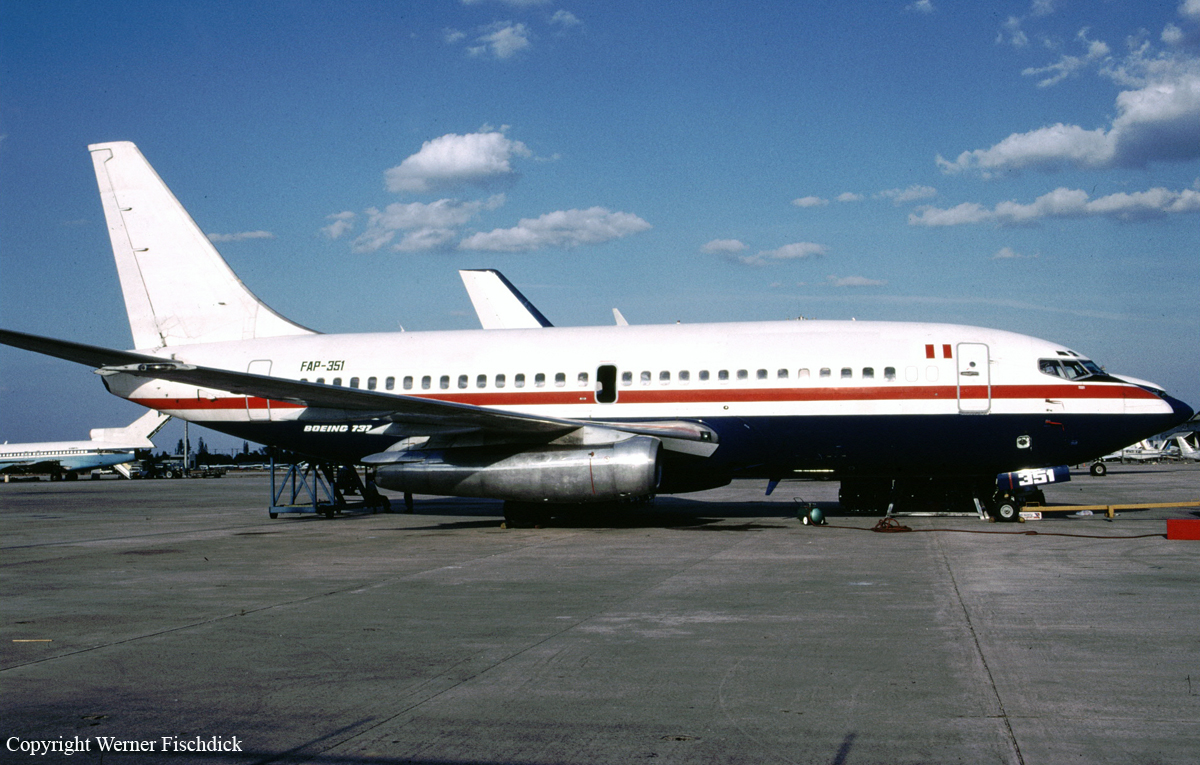
Crash of an Antonov AN-32 in Piura: 28 killed
Date & Time:
Mar 29, 1998 at 0935 LT
Registration:
OB-1389
Survivors:
Yes
Schedule:
Tumbes - Piura
MSN:
1203
YOM:
1987
Crew on board:
5
Crew fatalities:
Pax on board:
50
Pax fatalities:
Other fatalities:
Total fatalities:
28
Circumstances:
The aircraft was engaged in an humanitarian flight from Tumbes to Piura, evacuating flood victims. The aircraft departed Tumbes-Pedro Canga Rodríguez on a flight to Piura with 50 passengers and five crew members on board. On final approach to Piura-Capitán Guillermo Concha Iberico Airport, the right engine failed. The aircraft lost height and crashed on the shore of an irrigation canal located less than 400 metres short of runway 01. The aircraft broke in two and was destroyed, killing 28 occupants.
Probable cause:
Failure of the right engine for unknown reasons. At the time of the accident, the aircraft was heavily loaded.

Crash of a Beechcraft E90 King Air in Huaypetue
Date & Time:
Mar 28, 1997 at 0803 LT
Registration:
N90DA
Survivors:
Yes
Schedule:
Cuzco - Huaypetue
MSN:
LW-22
YOM:
1972
Crew on board:
1
Crew fatalities:
Pax on board:
6
Pax fatalities:
Other fatalities:
Total fatalities:
0
Circumstances:
On March 28, 1997, about 0803 eastern standard time, a Beech E-90, N90DA, registered to a private individual, landed short of the runway at Huaypetue Airport, Choque, Peru, while on a foreign air taxi flight. Visual meteorological conditions prevailed at the time and a visual flight rules flight plan was filed. The aircraft received substantial damage and the airline transport-rated pilot and six passengers were not injured. The flight originated from Cuzco, Peru, the same day, about 0700. Civil Aviation Authorities stated that while on approach to land the pilot misjudged the distance from the runway and touched down short of the runway. Postcrash examination of the aircraft showed no evidence of precrash mechanical failure or malfunction.
